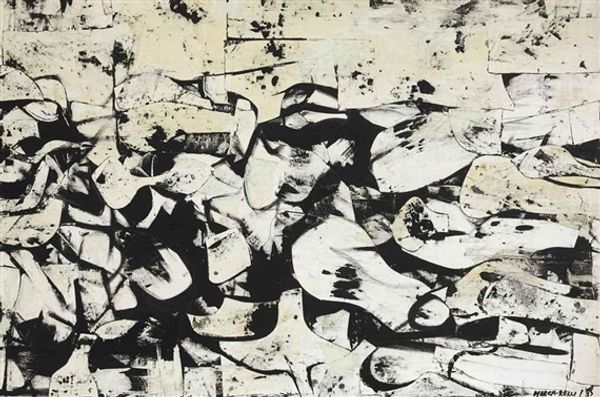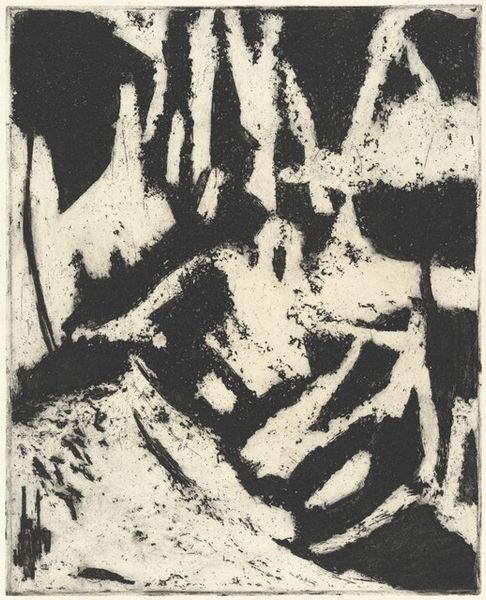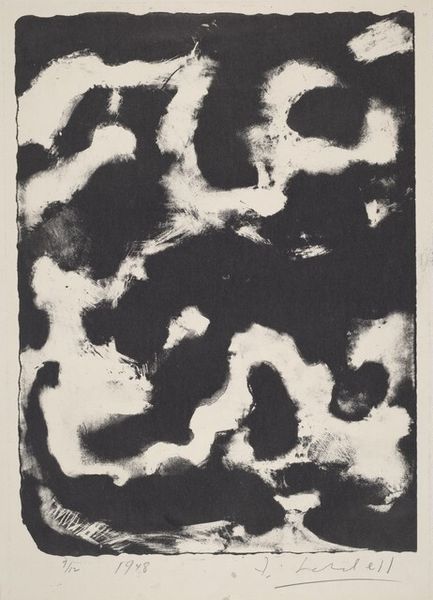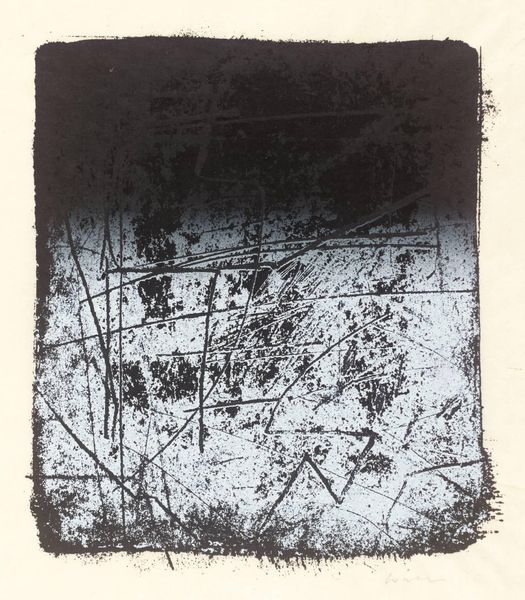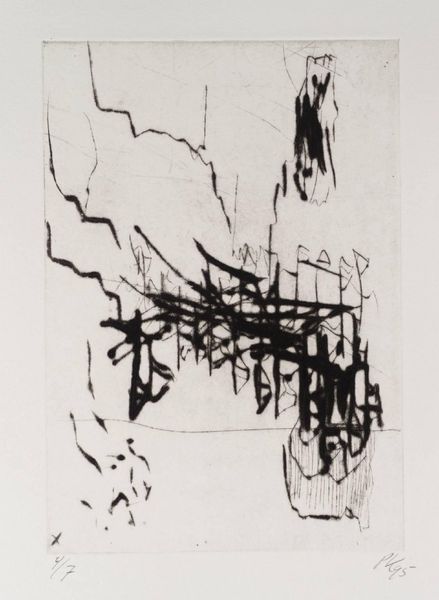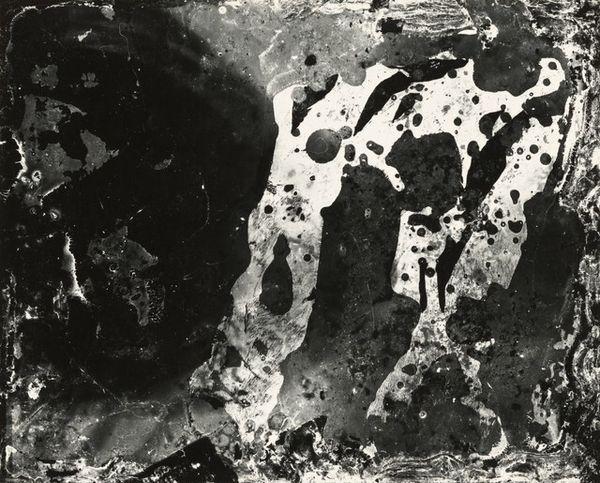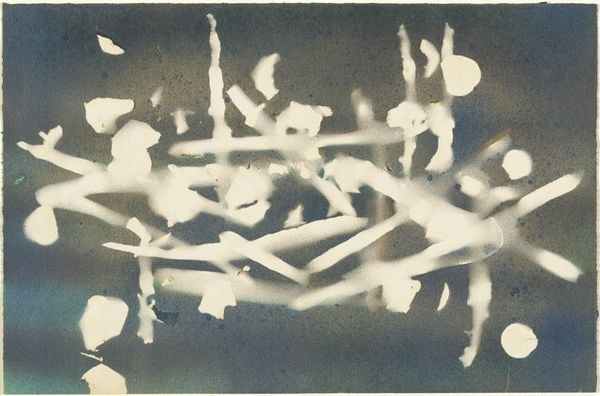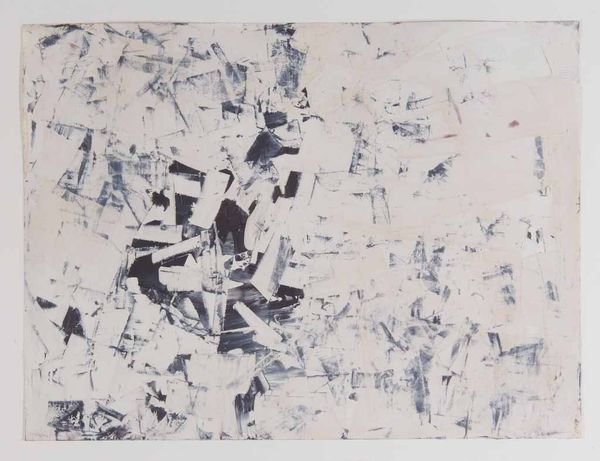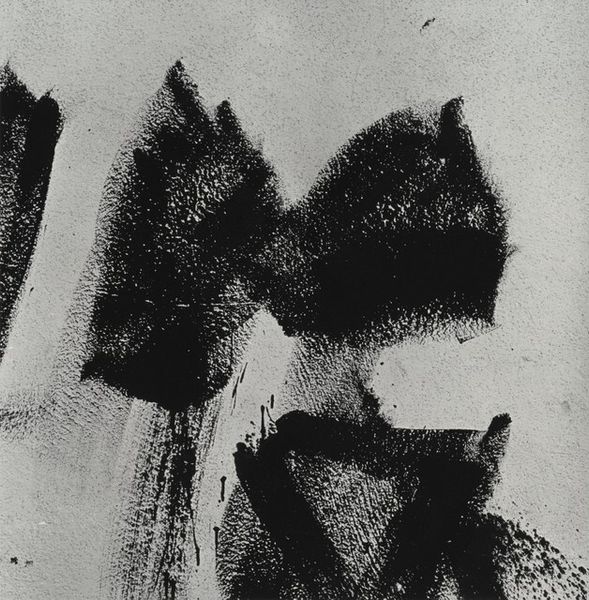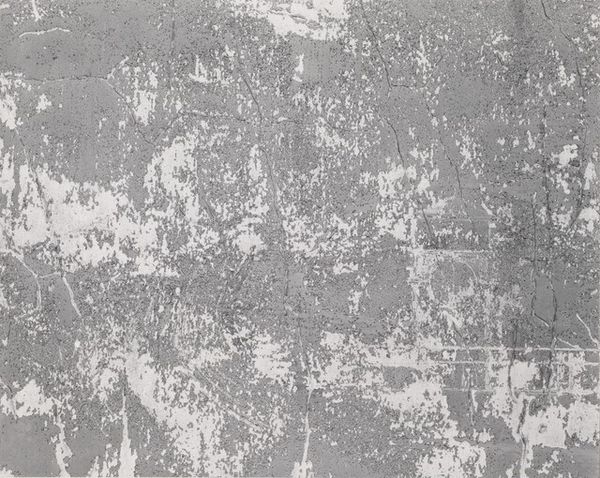
Dimensions: support: 384 x 591 mm
Copyright: © The estate of Richard Hamilton | CC-BY-NC-ND 4.0 DEED, Photo: Tate
Editor: This is "People" by Richard Hamilton. The interplay of black and white creates a really interesting texture. I’m curious, what do you see here? Curator: I see a commentary on mass production and consumption. Hamilton is known for his Pop Art. How does the artist's manipulation of photographic reproduction and printing processes reflect the socio-economic conditions of the time? What does the choice of materials suggest about the democratization of art? Editor: So it’s less about the individual figures and more about… the process of image-making itself? Curator: Precisely! This piece challenges the boundaries between traditional art and mass media. The materials and method of production are central to understanding its message. Editor: That’s a very different way of looking at it than I expected!
Comments
Join the conversation
Join millions of artists and users on Artera today and experience the ultimate creative platform.
tate 6 months ago
⋮
People is one of several works Hamilton made from postcards with figures on the beach as subject during the 1960s. The paintings and subsequent prints examine small areas of the postcard close up, reproducing figures at the edge of legibility and showing the half-tone texture of the printing process. The print People is based on a painting of the same title Hamilton created in 1965–6 (collection the artist) made from a postcard of a view of a beach at Whitley Bay, a small town on the north-east coast of England. Hamilton was teaching design at the University of Newcastle in the north-east of England at this time. The People image was preceded by the painting Whitley Bay, 1965 (private collection), a colour image, showing people in swimwear on the sands and in the water, developed from a postcard printed in the usual way. The postcard from which People was derived is unusual in that it was a real photograph printed on emulsion, rather than a halftone reproduction. This means that when it was enlarged it did not break down into a landscape of dots. Instead it is a composition of shadowy black forms on a light ground. Because the beach was quite crowded when the photograph was taken, only isolated figures are recognizable as people. Hamilton was interested in the information which could potentially be discovered by enlarging a general image. He wrote: ‘As this texture of anonymous humanity is penetrated, it yields more fragments of knowledge about individuals isolated within it as well as endless patterns of group relationships’ (quoted in Richard Hamilton, p.161).



